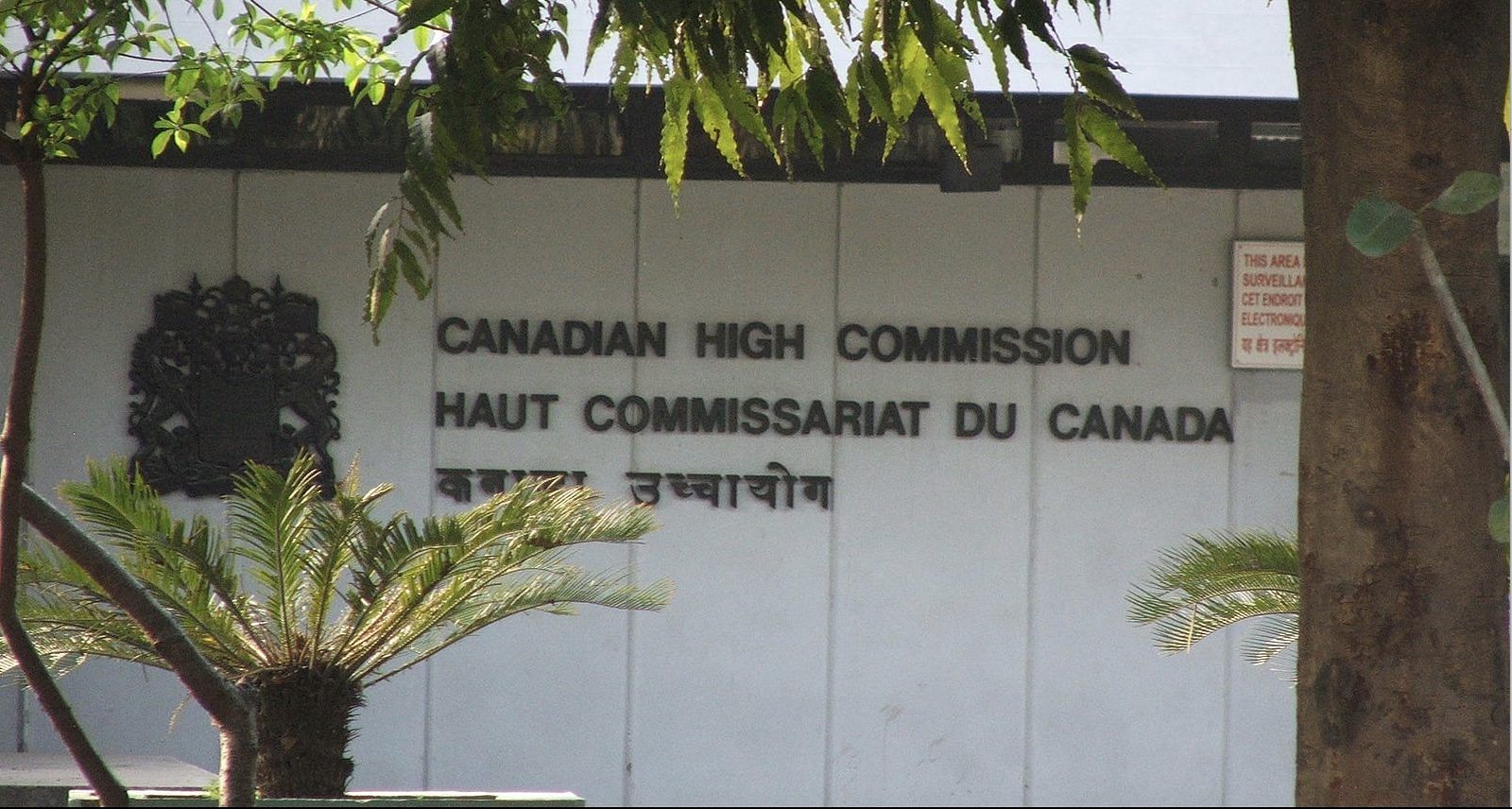New Delhi: Canada revised its tourist-visa policy Wednesday, ending the standard practice of issuing 10-year, multiple-entry visas in what is being seen as an attempt to curtail the misuse of such visas for migration.
According to the updated guidelines, immigration officers will have the discretion to look at several factors while issuing a visa, including the purpose of the visit and whether applicants can fund their travel to Canada. Officers can issue single-entry or shorter duration long-term tourist visas.
The notice posted by Immigrants, Refugees and Citizenship Canada (IRCC) on its website Wednesday said: “Guidance has been updated to indicate that multiple-entry visas issued to maximum validity are no longer considered to be the standard document. Officers may exercise their judgement in deciding whether to issue a single or multiple-entry visa, and in determining the validity period.”
The new rules will also determine if an applicant has “demonstrated strong ties to their home country”—that is, whether they have a job or familial obligations, and whether they have complied with visa rules during their previous travels to Canada.
For multiple-entry visas, officers are also allowed to issue the travel document for a period less than 10 years, or for a period related to the expiry of the applicant’s passport.
Unable to balance pressure on infra
Canada has introduced several changes to its immigration system to restrict avenues through which individuals move to the country.
The country has faced a crisis of affordable housing, following a record level of population growth since the end of COVID-19.
In 2023, the North American country saw its population grow by 1.27 million people (3.2 percent), which was the highest annual population growth rate since 1957.
According to Statistics Canada, the population boom was due to a significant number of temporary workers and students allowed into the country.
Without these temporary immigrants, the government said, the population growth would have been just a third of this figure.
Also Read: Sikhs pilgrims from UK, US and Canada to get free online visas in Pakistan: Interior Minister
Trudeau’s immigration vision falters
The population boom was part of Prime Minister Justin Trudeau’s immigration vision post-pandemic, which saw restrictions removed on the entry of temporary workers. In 2023, over 8,00,000 immigrants to the country were non-permanent residents, primarily temporary workers and students.
This led the government to change course on its immigration policy, introducing curbs on student migration as well as bringing back restrictions on the temporary workers programme.
In January 2024, IRCC announced that the number of international students allowed in Canada would be reduced to 3,60,000—a 35 percent decrease from 2023. IRCC said at the time, “Rapid increases in the number of international students arriving in Canada also puts pressure on housing, healthcare and other services.”
The Canadian government also introduced a cap on the number of international students allowed in each province.
In August 2024, Ottawa reversed its expansion of temporary worker permits and a few weeks ago, announced a revised set of goals for permanent residents in the country.
In 2023, Canada had a goal of 5,00,000 new permanent residents per year for 2025 and 2026. Under the new targets announced in October 2024, the revised numbers are 3,95,000 and 3,80,000 respectively, and for 2027 it will further fall to 3,65,000.
(Edited by Tikli Basu)
Also Read: Violence by Sikh separatists at Hindu temple near Toronto occurred during Indian consular camp

